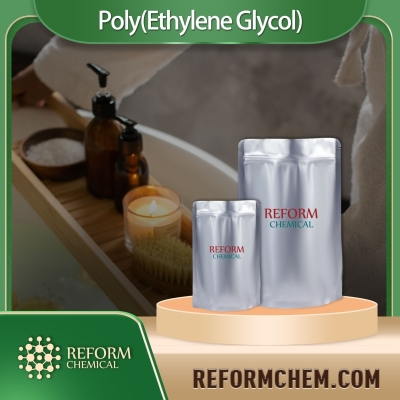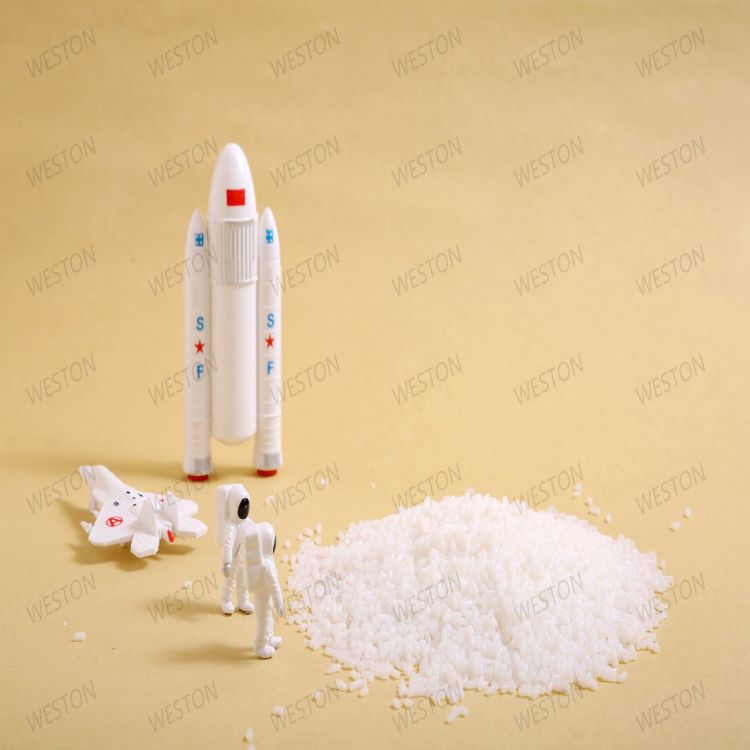-
Categories
-
Pharmaceutical Intermediates
-
Active Pharmaceutical Ingredients
-
Food Additives
- Industrial Coatings
- Agrochemicals
- Dyes and Pigments
- Surfactant
- Flavors and Fragrances
- Chemical Reagents
- Catalyst and Auxiliary
- Natural Products
- Inorganic Chemistry
-
Organic Chemistry
-
Biochemical Engineering
- Analytical Chemistry
-
Cosmetic Ingredient
- Water Treatment Chemical
-
Pharmaceutical Intermediates
Promotion
ECHEMI Mall
Wholesale
Weekly Price
Exhibition
News
-
Trade Service
Volatile organic compounds (VOCs) are an important factor causing atmospheric pollution and the increase of ozone (O 3 ) concentration, and are an important control object in China's air pollution prevention and control battle
.
Catalytic combustion technology (that is, catalytic oxidation method) has the characteristics of low light-off temperature, wide application range, and no secondary pollution, and has been widely used in the purification and elimination of mobile and stationary VOCs
.
Precious metal catalysts are usually used to purify and eliminate aromatic hydrocarbon VOCs in existing industrial exhaust gas, but the price of precious metals is high.
Therefore, the use of non-precious metal catalysts is an important research and development direction to reduce the cost of VOCs catalytic combustion technology
.
With low price and abundant reserves, Ni-based catalysts are promising non-precious metal catalysts, which have attracted attention in the field of VOCs catalytic combustion
.
However, the existing Ni-based catalysts have problems such as insufficient low-temperature activity and poor high-temperature hydrothermal stability in the catalytic combustion reaction of aromatic hydrocarbon VOCs, which limit their application in related fields
.
To this end, the Industrial Catalysis Research Group of the National Engineering Research Center for Fine Petrochemical Intermediates, Lanzhou Institute of Chemical Physics, Chinese Academy of Sciences, based on ordered mesoporous SiO nanotubes with high specific surface area, realized a three-layer C@SiO nanotube.
2 @NiCo-Phyllosilicate nanofiber-derived core-shell SiO 2 @Ni a Co b O x nanotube catalyst preparation
.
The guided growth of ordered mesoporous SiO2 nanotubes and the presence of SMSI in the layered silicate nanosheet structure and the formation of surface-OH effectively inhibit the competitive adsorption of water molecules at the active metal sites and significantly enhance aromatic hydrocarbons Low-temperature oxidation activity and high-temperature hydrothermal stability of VOCs over Ni-based catalysts
.
Related research results were published in Applied Catalysis B: Environmental
.
The research work is supported by the National Natural Science Foundation of China and the Cooperation Fund of the Institute of Clean Energy, Chinese Academy of Sciences
.
Figure 1.
Construction of core-shell SiO 2 @Ni a Co b O x nanotube catalysts
Figure 2.
VOCs catalytic oxidation performance of core- shell SiO 2 @Ni a Co b O x catalyst







